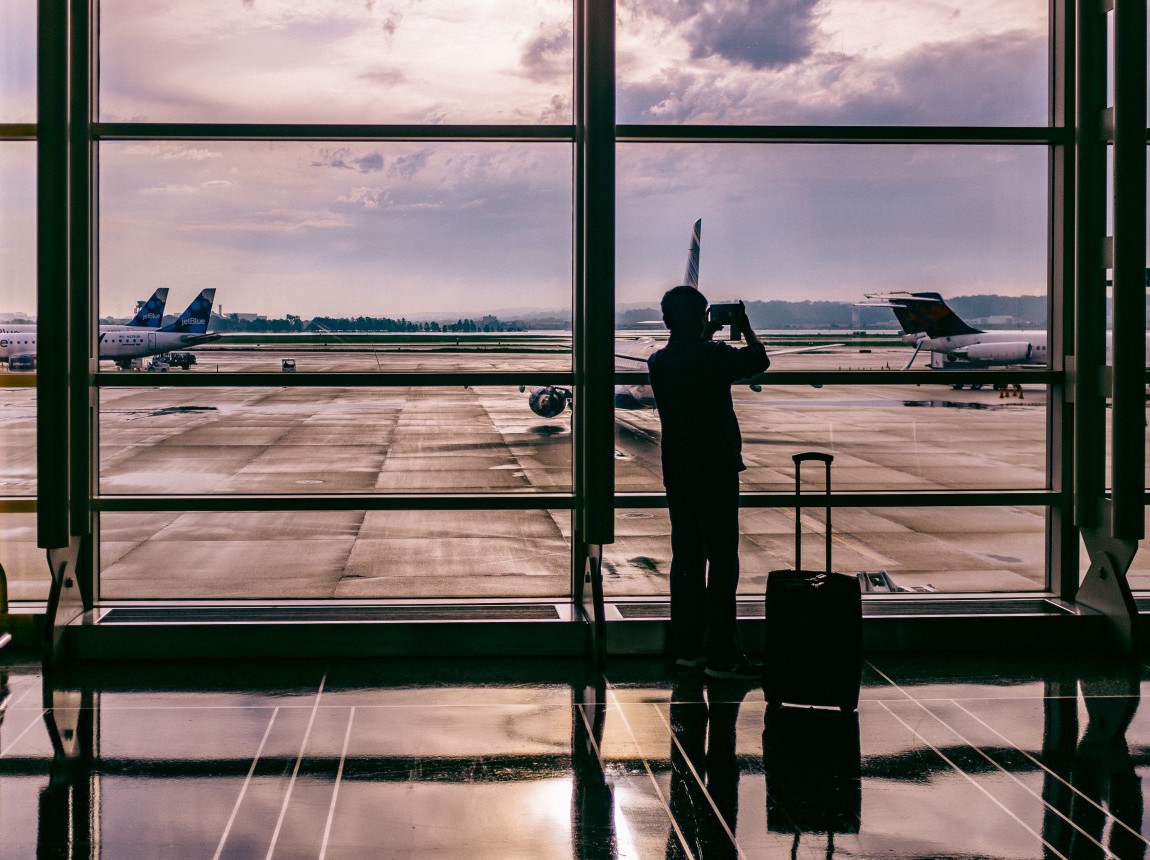Filling the Gaps
Three Reforms to Improve America's Immigration Policy
In an opinion piece for U.S. News and World Report, Alex Nowrasteh highlights three crucial reforms to the American immigration system including Brandon Fuller's proposal for state-based visas.
The third reform should be to allow states to run their own visa systems parallel to the federal government's – which would require an act of Congress. A state-run visa program for temporary workers introduces federalism into the immigration system by allowing states to get the actual workers industries in their states demand and experiment with different forms of regulation. For instance, the H-2A visa does not allow for year-round work in agriculture, meaning that many dairy farms hire illegal immigrant workers. A state-based visa could allow dairy producing states to create a visa for year-long agricultural workers to fill that and other gaps, further reducing the demand for illegal workers.
In addition to workers, states could also set up visas for entrepreneurs and smaller-scale investors – categories that don't currently exist in the federal system. Canada and Australia have similar regional migration programs. These programs have created greater population and employment growth, according to Cato Institute research by Brandon Fuller and Sean Rust. And the stakeholders are happy with the results.
States want this type of program. In 2015, legislators in Texas and California introduced legislation to experiment with their own state-level migration systems. Utah created such a program in 2011 but was never granted federal permission to actually start recruiting workers. In previous years, over a dozen other states have considered setting up their own migration systems, lobbied for a special allotment of existing federal visas, or asked the federal government for permission to run their own systems. The federal government has always refused to let them.
Read Nowrasteh's full piece here.

